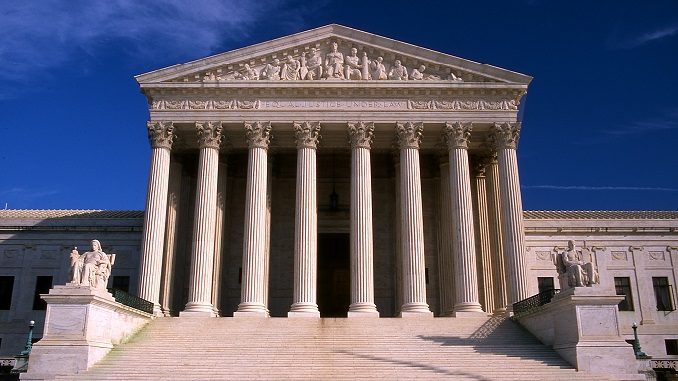
Millions of women lost access to abortion last week after the highest court in the United States overturned a near-50-year-old ruling and other precedents enshrining that right.
The decision was a stunning aftershock of former president Donald Trump’s time in office, and is expected to inflame America’s divisions even further.
It also cemented the Supreme Court’s emergence as an alternative center of power that threatens to rupture the delicate governing balance between the executive, legislature, and judiciary.
Only 24 hours prior, the Supreme Court weighed in on another issue, striking down New York state’s limits on carrying concealed handguns in public, potentially opening the way to fresh legal challenges to other state-level gun laws despite recent mass shootings across the nation. It was a huge triumph for the gun lobby, and a blow to efforts to curb gun violence.
Leading historians said the vote to strike down Roe v. Wade shows American democracy is in deep trouble, warning that America’s democracy cannot survive in its present form if the constitution continues to be manipulated to impose minority rule.
The two decisions were a huge victory of a long campaign by conservatives to shift the judiciary to the right.
Trump, a one-term president who lost the national popular vote by three million and was impeached twice, appointed three justices to life appointments on the Supreme Court, responsible for shifting the balance of the court into a conservative majority.
Striking down Roe v. Wade goes against the wishes of not only a Democratic president and Democratic Congress, but also the public. The vast majority of people believe Roe should remain in effect.
Law experts said that striking down Roe is “extremely undemocratic.” The judicial branch is the least democratic of the federal government, and it is now powered by an ideological agenda to roll back liberties that are extremely popular with the majority of America.

Be the first to comment